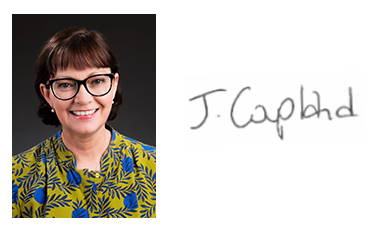Introduction
The Institute for Apprenticeships and Technical Education (IfATE) is a Crown non-departmental public body (NDPB) established in April 2017 and sponsored by the Department for Education.
What is the legislation?
As an employer with a workforce of 250 employees or more, we are required by law to publish annual information relating to the gender pay gap in our organisation under the Equality Act 2010 (Gender Pay Gap Information) Regulations 2017.
The following data, which has been accurately calculated following statutory guidance, is IfATE’s second mandatory publication based on a snapshot date of 5th April 2023. This information will be published on the Gender pay gap service (a government website) as well as on our website.
What does the gender pay gap mean?
The gender pay gap measures the difference between men’s and women’s average earnings. It does not take into account people’s roles or seniority. The gender pay gap is not the same as equal pay which means that men and women performing equal work, or work of equal value, must receive equal pay. An employer with an effective equal pay policy can still have a gender pay gap. For example, this can happen if the majority of women are in lower-paid jobs.
Gender split
On 5th April 2023, IfATE employed 336 staff of which 219 (65.2%) were female and 117 (34.8%) were male.
Pay gap figures
IfATE’s results (based on the snapshot date of 5th April 2023 and the 12 months ending on this date) are shown below:
1. The difference in mean hourly pay is +5.4% (women’s mean hourly pay is 5.4% lower than men’s)
2. The difference in median hourly pay is +0.0% (there is no difference between the median hourly pay for men and women)
3. The difference in mean bonus pay is +11.7% (women’s mean bonus pay is 11.7% lower than men’s)
4. The difference in median bonus pay is +19.9% (women’s median bonus pay is 19.9% lower than men’s)
5. The percentage of female employees who have received bonus pay in the 12 months ending on 5th April 2023 is 53.9%
6. The percentage of male employees who have received bonus pay in the 12 months ending on 5th April 2023 is 69.2%
Note on median and mean:Medians are useful to indicate what the ‘typical’ situation is. They are not distorted by very high or low hourly pay (or bonuses). However, this means that not all gender pay gap issues will be picked up. They could also fail to pick up as effectively where the gender pay gap issues are most pronounced in the lowest paid or highest paid employees.
Mean averages are useful because they place the same value on every number they use, giving a good overall indication of the gender pay gap. But very high or low hourly pay can ‘dominate’ and distort the figure.
Pay quartiles
The percentage of employees in each hourly pay quarter who are men or women is shown in the table below. There are more women than men in each quartile. A higher percentage of employees in the lower pay quartiles are women than in the upper pay quartiles. This will be one of the factors contributing to the difference in mean and median hourly pay of men and women (see 1 and 2 above).
Percentage of employees by hourly pay quartile who are men or women
| Hourly Pay Quartile | Female | Male |
| Upper Quartile | 56.1% | 43.9% |
| Upper Middle Quartile | 63.9% | 36.1% |
| Lower Middle Quartile | 68.7% | 31.3% |
| Lower Quartile | 69.9% | 30.1% |
Data included in the bonus pay gap calculation
The calculation for the bonus pay gap includes In Year Awards, which are non-consolidated cash awards recognising individual performance for staff at all grades.
Declaration:
I confirm that the gender pay gap information published in this written statement and submitted to the Gender pay gap service is accurate and has been calculated according to the requirements and methodology set out in the Equality Act 2010
(Gender Pay Gap Information) Regulations 2017.

IfATE’s Chief Executive Officer: Jennifer Coupland

